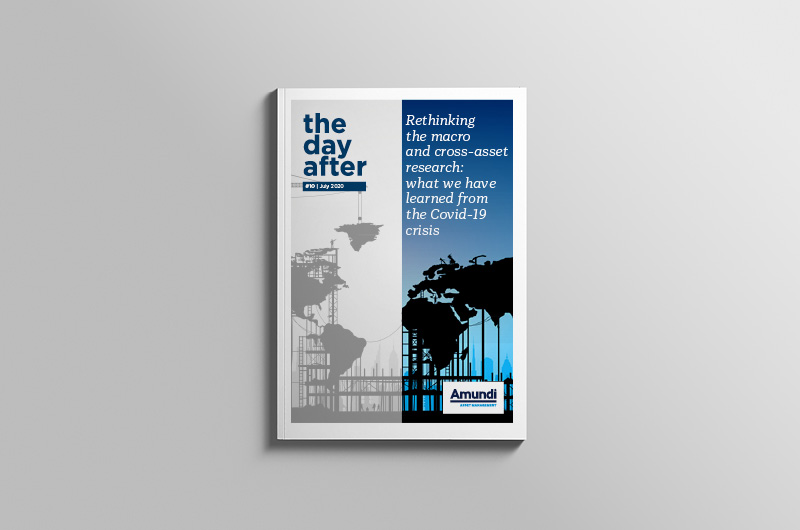ETF Spreads are the Real Killer
How does ETF investing go seriously wrong? Just try trading them during a choppy month, like March 2020.
According to the latest Best ETFs Australia, our free website which analyses and provides coverage of every ETF currently available in Australia, the average buy-sell spreads on ETFs during April 2020 was 0.51%.
The buy-sell spread is the invisible cost of investing in a managed fund, mFund or ETF. It’s paid each time an investor enters or exits a fund and covers the costs incurred by the market maker or fund provider.
Watch those ETF spreads
Here’s where the spread conversation gets interesting…
In March 2020, a month of significant volatility on the ASX and global financial markets, the average buy-sell spread for Australian ETFs was an incredible 0.85%! Keep in mind, these vehicles are supposed to be investing in the most liquid asset classes.
By far, the worst sector was commodities, with an average buy-sell spread of 1.46% — for an asset class that doesn’t pay any dividends/distributions, it’s even more important to be choosey.
The three best commodities ETFs, in terms of buy-sell spreads during March, were as follows:
- GOLD ETF by ETF Securities – 0.14%
- PMGOLD ETF by Perth Mint – 0.28%
- QAU ETF by BetaShares – 0.28%
The worst commodities ETF was the synthetic agriculture fund QAG ETF which had a buy-sell spread of 3.84%.
One thing to note is that the average ETF spread, at 0.85%, is considerably higher than the yearly average management expense ratio (MER) of 0.49%. In other words, if your holding period is less than a year forget about the MER debate — focus on the spreads.
As you might expect, the tightest spreads were from ETFs in the cash (0.04%) and currencies (0.32%) sectors.
Australian bonds, a typically defensive asset class, had average spreads of 0.77%. That compares to an average fee load of 0.27%. The bond ETFs with the widest spreads during March were VanEck’s subordinated debt SUBD ETF, at 2.84%, and the Russell RCB ETF at 1.44%, another corporate bond ETF.
Size matters… a lot
At Best ETFs Australia, typically, our baseline rule of thumb is to draw a line in the sand at $100 million of funds under management (FUM) before an ETF receives our highest rating.
If we slice and dice the ASX list of ETFs to include only those ETFs with $100 million invested, the spread data changes considerably.
If I do this, the average buy-sell spread for an ETF with at least $100 million invested drops to just 0.34% in March 2020. Unsurprisingly, the average fee load on those ETFs also falls, from 0.49% to 0.43%.
Of course, you could have just avoided the ETF market altogether in March 2020 but it’s during times of uncertainty when most advisers, clients and investors feel compelled to do something.
While we acknowledge it’s a crude way to cut up the data, the next time you feel the need to rebalance or invest in ETFs during heightened market uncertainty — remember to narrow your range to focus only on proven ETFs with at least $100 million invested.
Search the full list of ASX ETFs and access free reports.
Owen Raszkiewicz is the founder of Best ETFs Australia, a division of The Rask Group. Disclosure: at the time of publishing, Owen Raszkiewicz does not have a financial interest in any of the companies or products mentioned.










